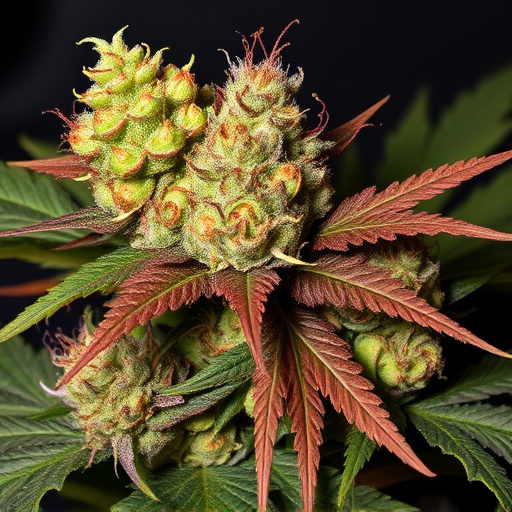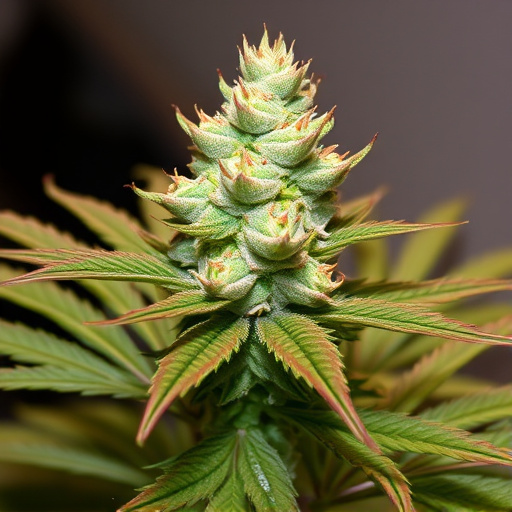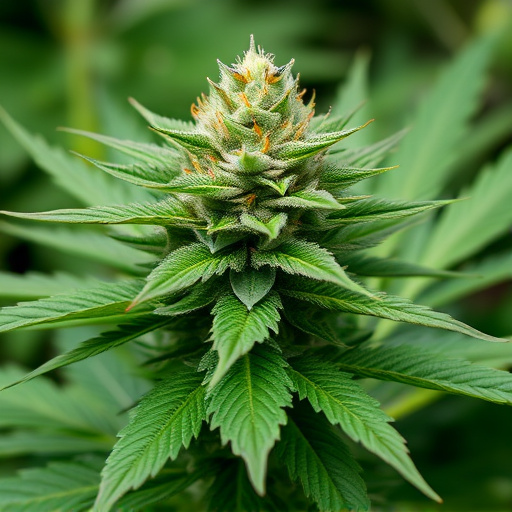Smoking weed, especially high-THC strains from the top 20 cannabis strains, can lead to short-term effects like altered senses, anxiety, paranoia, respiratory issues, and memory/concentration problems. Regular use among young people may impair cognitive function. Potent strains can significantly impact body coordination. However, strains with higher CBD or balanced THC-to-CBD ratios could mitigate negative side effects and offer benefits for managing anxiety and focus.
“Smoking weed may offer temporary relaxation, but it’s crucial to understand its potential side effects. This article delves into both short-term and long-term health risks associated with cannabis use, including memory impairment, respiratory problems, and mental health disorders.
We also explore how different cannabis strains can mitigate these issues, highlighting the top 20 strains known for their balanced effects. From high CBD, low THC options for anxiety to sativa strains boosting energy, this guide offers a comprehensive look at navigating cannabis use responsibly.”
Short-Term Side Effects
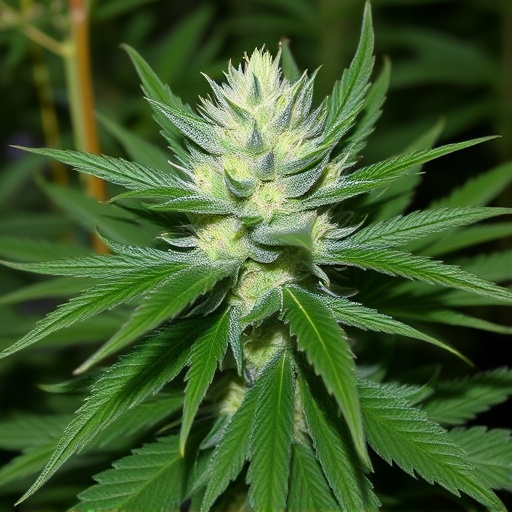
Smoking weed, or using cannabis, can have various short-term side effects that vary from person to person. These effects are often more pronounced with higher concentrations of THC, one of the primary psychoactive compounds in cannabis. Short-term impacts may include altered senses and perception, heightened heart rate, and reduced coordination, making daily tasks more challenging. Some users also experience anxiety or paranoia, especially when consuming high-THC strains from the top 20 cannabis strains known for their potent effects. These strains often have THC levels exceeding 25%, significantly increasing the likelihood of such adverse reactions.
Additionally, smoking weed can lead to respiratory issues due to the inhalation of smoke, which can irritate the lungs and potentially cause coughing or shortness of breath. The impact on memory and concentration is another common short-term effect, often described as a “mental fogginess.” This can affect learning and problem-solving abilities. Users may also notice changes in their appetite, with some experiencing increased hunger (known as “the munchies”) while others may lose their appetite altogether. These effects typically subside within a few hours to a couple of days after consumption, but it’s essential to be aware of these potential short-term consequences.
– Memory and Concentration Impairment
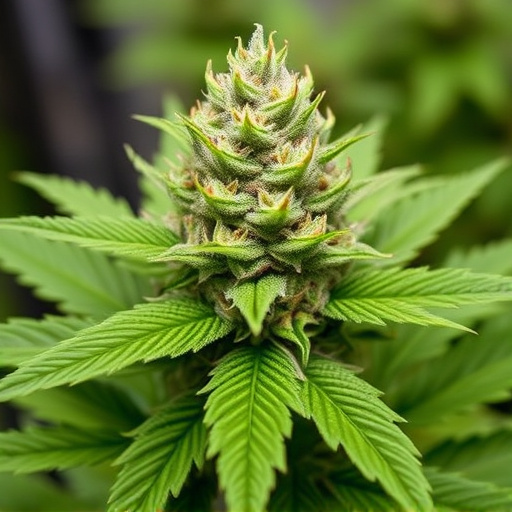
Memory and concentration impairment are among the most commonly reported side effects of smoking weed, particularly in young individuals whose brains are still developing. Regular use can lead to difficulties in retaining information and focusing on tasks, impacting both academic and professional performance. Interestingly, not all cannabis strains have the same effect on cognitive function. The top 20 cannabis strains known for their higher CBD content or balanced THC-to-CBD ratios are often recommended for reducing anxiety and improving focus, making them potential alternatives for those experiencing memory and concentration issues. These strains can offer a more balanced experience, potentially mitigating the negative effects associated with heavy THC consumption.
– Coordination Issues
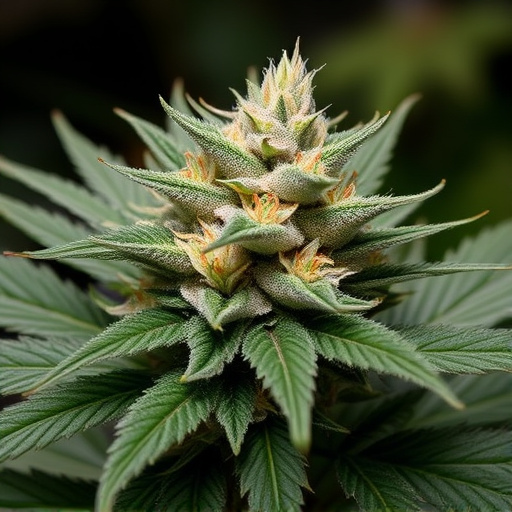
Smoking weed, or cannabis, can have a range of effects on the body and mind, including impacting coordination. Many users report experiencing difficulties with balance and motor skills after consumption. This is largely due to the active compounds in cannabis, particularly tetrahydrocannabinol (THC), affecting the endocannabinoid system, which plays a key role in regulating movement and coordination.
When THC binds to receptors in the brain, it can disrupt signaling between neurons, leading to impaired reflexes and a potential loss of fine motor control. This effect is especially pronounced with higher doses or stronger strains. Interestingly, studies have shown that not all cannabis strains carry the same level of potency and impact. The top 20 cannabis strains known for their high THC content and potent effects can exacerbate coordination issues. Therefore, users should be mindful of their strain choices to mitigate potential risks.
While cannabis has its recreational appeal, it’s crucial to be aware of potential short-term side effects, such as memory and concentration impairment and coordination issues. When considering using any of the top 20 cannabis strains, remember that individual experiences can vary greatly. Understanding these impacts is essential for making informed decisions about your well-being.

